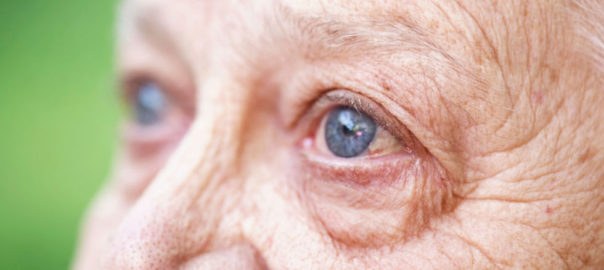Donor Skin Cells Help Preserve Sight in Macular Degeneration

Researchers in Japan have made what may be a remarkable breakthrough in the treatment of macular degeneration. In a procedure that could make stem cell transplantation a reality, a man with age-related macular degeneration received iPSCs (induced pluripotent stem cells) derived from a donor’s skin cells. The multi-step procedure involved converting the donor iPSCs to retinal cells and transplanting them into a man in his 60s to try and stop the degeneration and preserve the man’s remaining eyesight. Yasuo Kurimoto, the surgeon who performed the procedure, plans to enroll five more patients into the study.
Macular Degeneration: Statistics
Macular degeneration affects more than 10 million Americans. It is the leading cause of vision loss, more than glaucoma and cataracts combined. According to the National Eye Institute, the prevalence rates for age-related macular degeneration in the 2010 U.S. census were roughly 14 percent of Caucasians above the age of 80. The disease is less common in Hispanics and blacks, but all races can be affected. Presently, there is no cure for macular degeneration.
Macular Degeneration: An Overview
The retina is the layer of the eye that allows us to see things. The central portion of the retina is called the macula and it is responsible for sharp central vision such as for driving, reading, facial recognition, and visualizing the fine details in objects. Degeneration of this layer of the eye results in blurry vision and eventually complete loss of central vision and legal blindness. Peripheral vision is retained.
Donor Skin Cells: Immediate Treatment for Degeneration
A similar treatment for macular degeneration in 2014 in Kobe City, Japan, involved obtaining the stem cells from the patient. The disadvantage of that approach was that any genetic flaws in the retinal cells remained and could potentially hinder the procedure. By obtaining iPSCs from a healthy donor, researchers are hopeful of the long-term success of the technology.
Donor skin cells are of special interest to researchers like Nobel-laureate stem cell scientist Shinya Yamanaka of Kyoto University who is developing a stem cell bank. This bank would give patients access to immediate treatment rather than waiting for months, first to find a matching donor and then to cultivate the cells.
It is estimated that up to 50 percent of the Japanese population may benefit from such a procedure, were it to become commonplace. Banks of ready-made reprogrammed stem cells will also clear the path for this technology to be used for other applications, thereby cutting down on costs and making the procedure more convenient. It is noteworthy that iPSCs are not subject to the same ethical considerations that embryonic stem cells are.
References:
1. https://nei.nih.gov/eyedata/amd#1
2. https://www.macular.org/what-macular-degeneration
3. https://www.engadget.com/2017/04/02/man-receives-stem-cell-donation/


